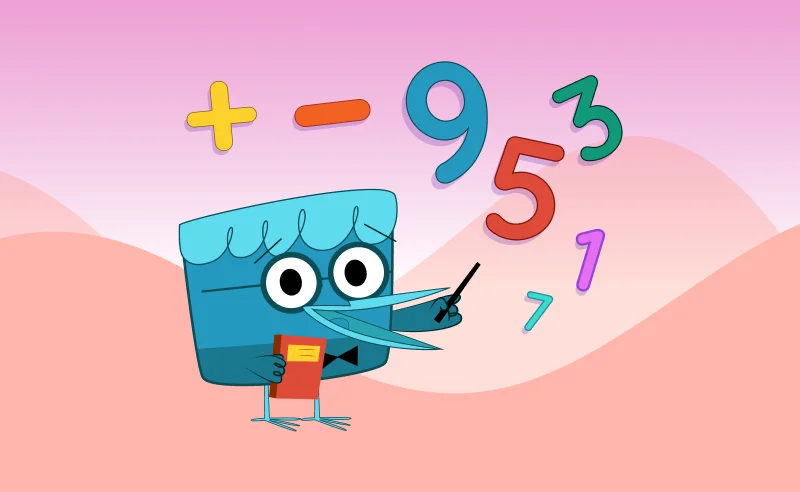Activity: Use snack time as an opportunity to count items.
- How to Do It: When serving snacks like grapes, crackers, or apple slices, encourage your child to count each piece as they eat. For example, how many apple slices do you have? Count them. One, two, three, …
Benefits: This helps children understand one-to-one correspondence and reinforces the concept of quantity.
- Step Counting During Walks
Activity: Count steps while walking.
- How to Do It: Turn a simple walk into a counting adventure. Count each step aloud together, or count how often you see a specific object (e.g., “Let’s count how many dogs we see!”).
- Benefits: This promotes physical activity while strengthening counting skills in a practical setting.
Activity: Count and sort toys or objects.
- How to Do It: Collect a mix of toys (such as blocks, cars, and stuffed animals) and invite your child to sort them by category or color. After sorting, count how many there are of each type.
- Benefits: Sorting helps develop categorization skills, and counting reinforces number recognition.
Activity: Read counting-themed books.
- How to Do It: Choose picture books focusing on counting, such as “Chicka Chicka 1 2 3” or “Ten Black Dots.” As you read, encourage your child to count the objects in the illustrations.
- Benefits: This combines literacy and math, making learning more engaging.
Activity: Explore nature and count items.
- How to Do It: Go outside and collect natural items like leaves, rocks, or flowers. Count them together as you collect them.
- Benefits: This fosters a love for nature while providing a hands-on counting experience.
- Counting Songs and Rhymes
Activity: Sing counting songs.
- How to Do It: Incorporate songs like “Five Little Ducks” or “Ten in the Bed” into your routine. Encourage your child to join in the counting as you sing.
- Benefits: Music aids memory and makes learning fun and interactive.
Activity: Use a calendar for counting days.
- How to Do It: Each morning, count the days left in the month together. You can also mark special days and count down to events like birthdays or holidays.
● Benefits: This teaches children about time and the concept of days while reinforcing counting skills.
Conclusion
Counting doesn’t have to be a chore; it can be a fun and integral part of your daily activities. By incorporating these simple counting activities into your routine, you can help your preschooler develop strong foundational math skills while enjoying quality time together. Keep in mind that the goal is to make it enjoyable and interactive.
